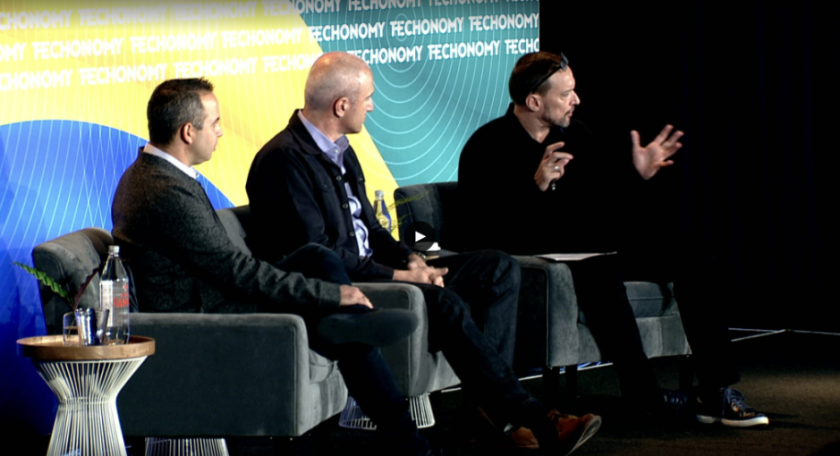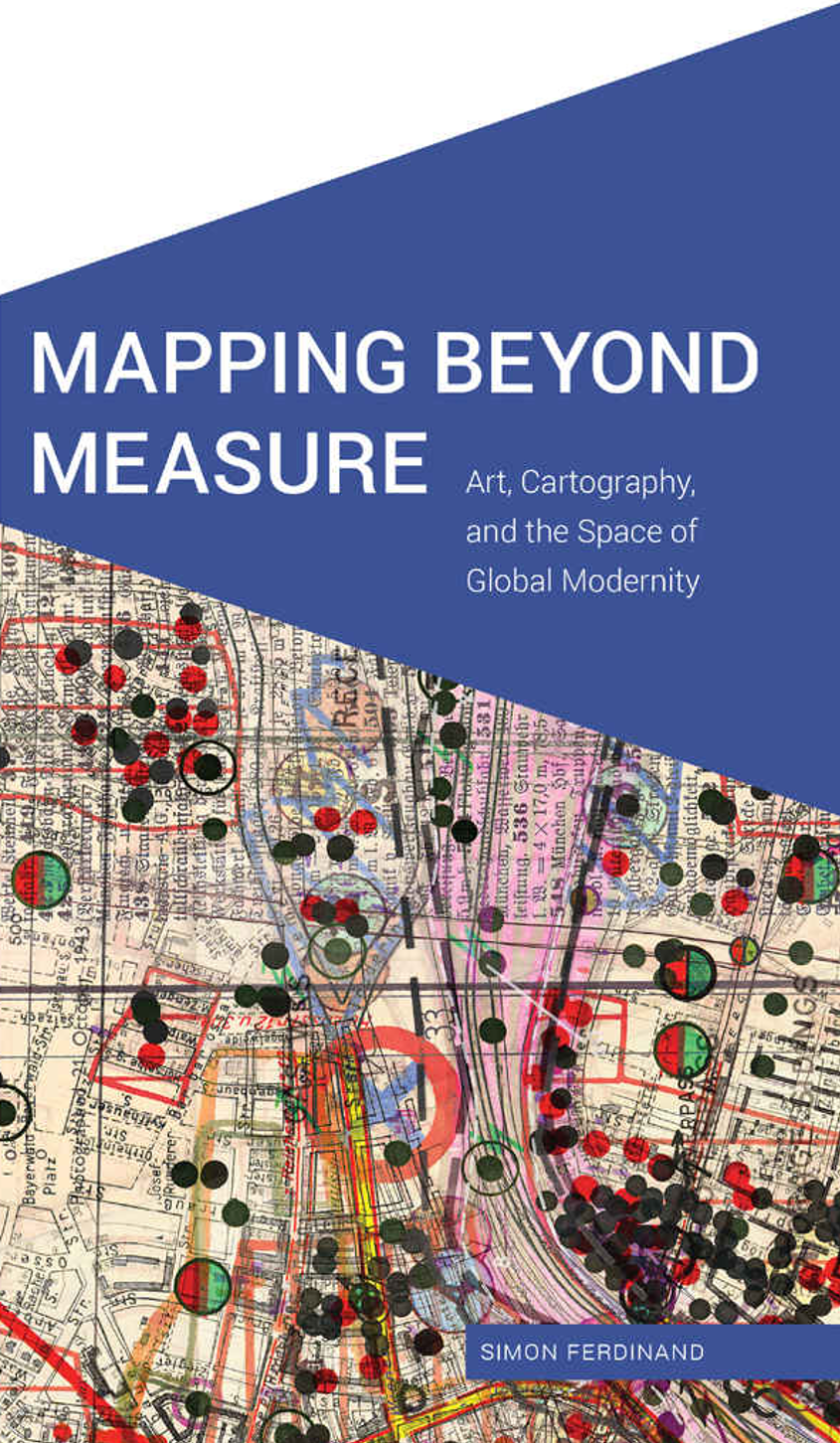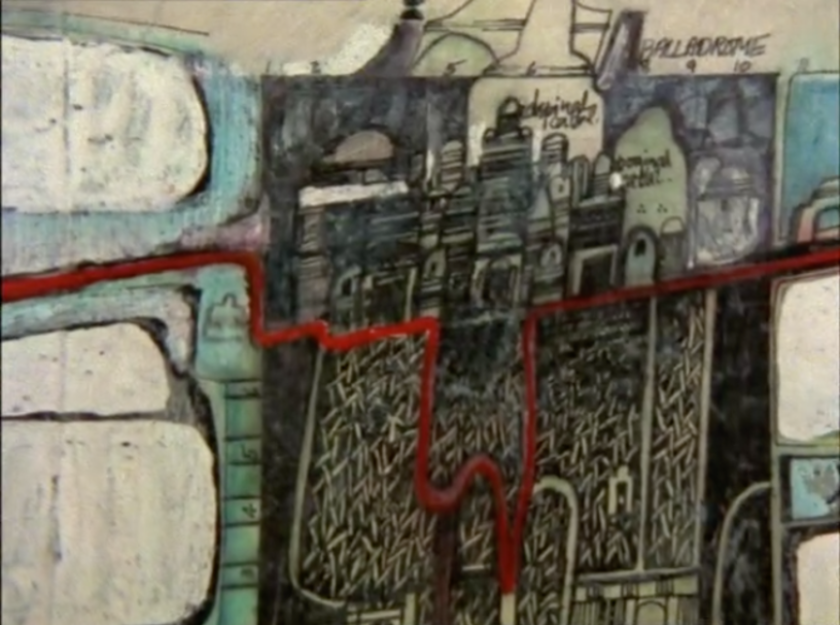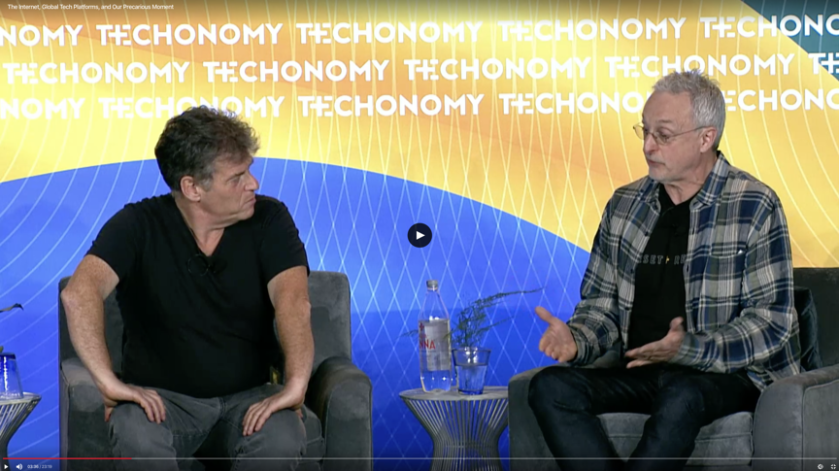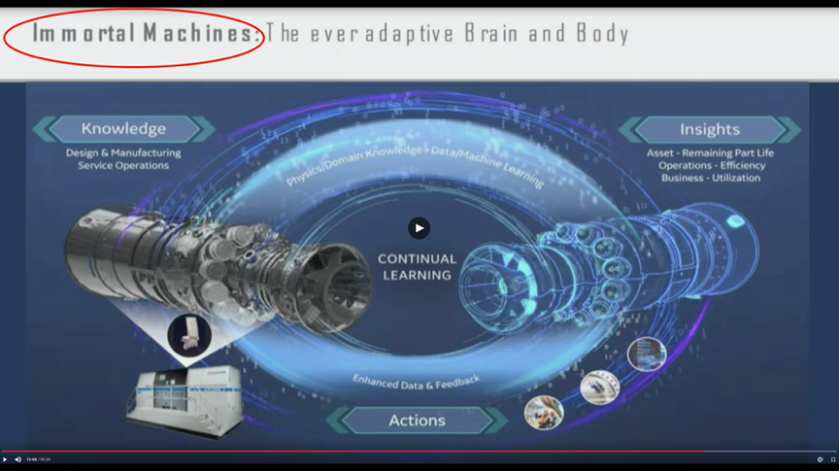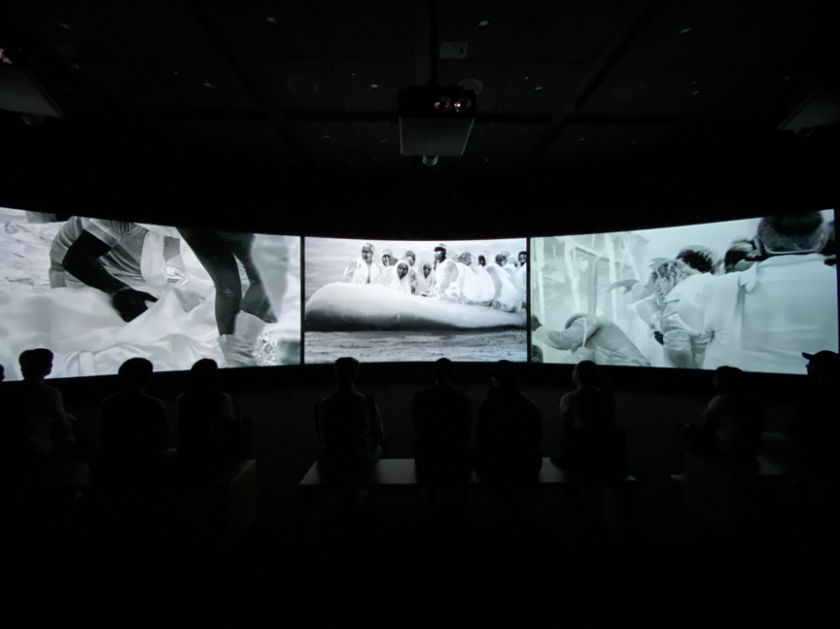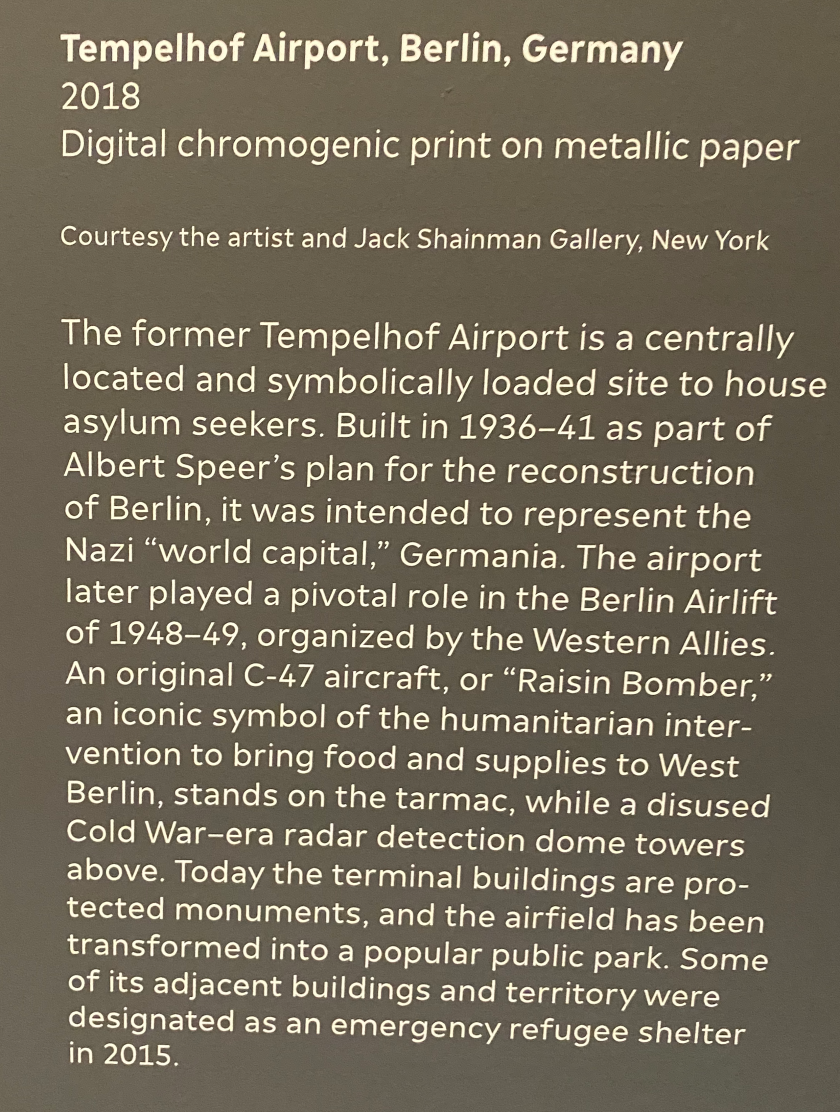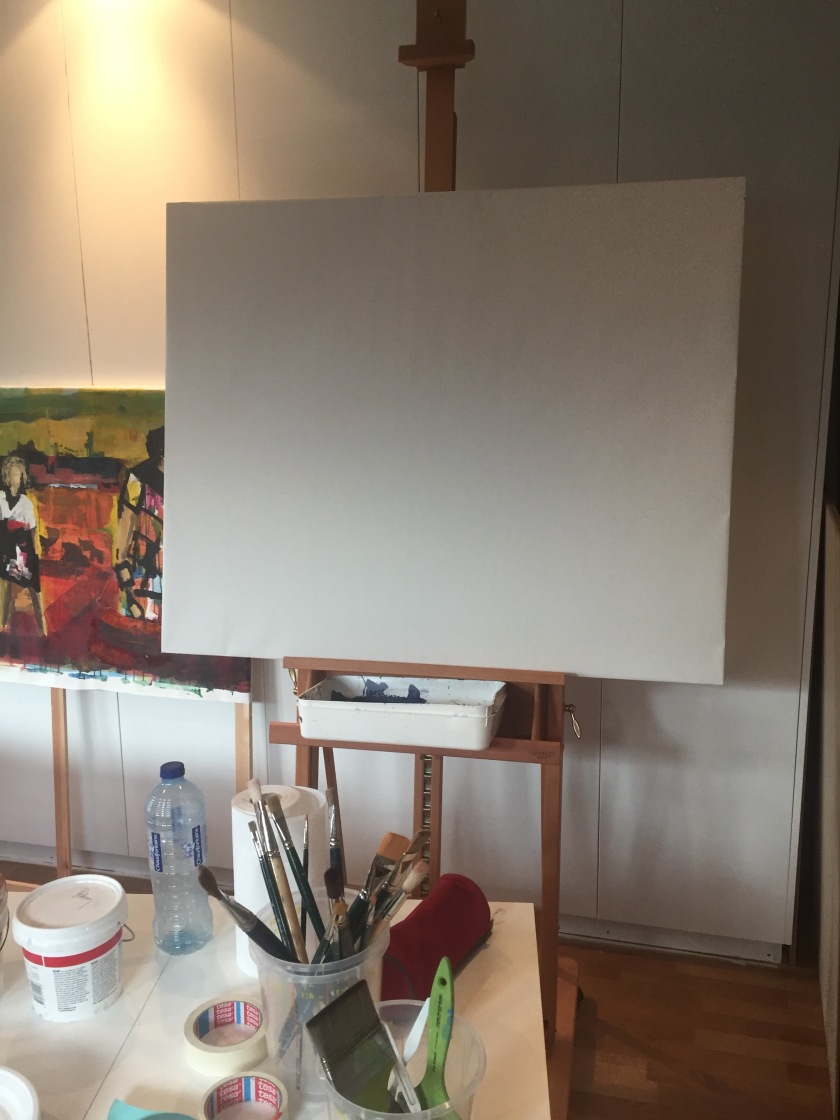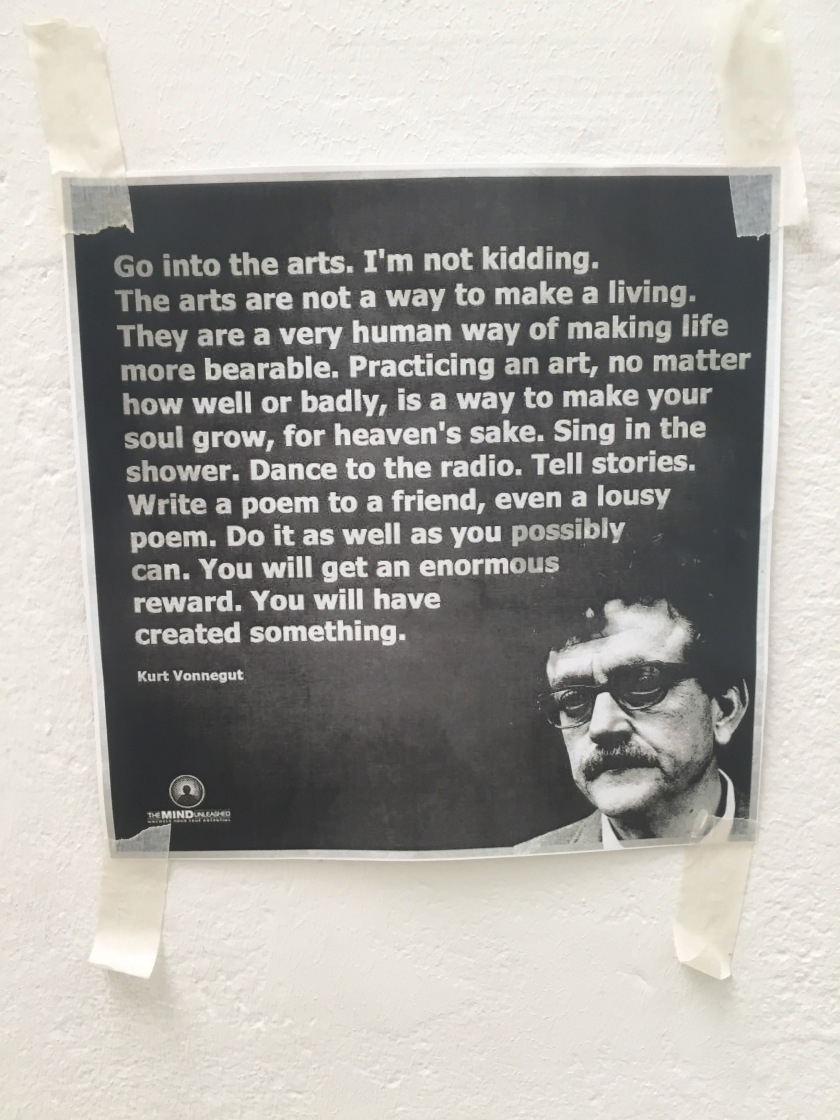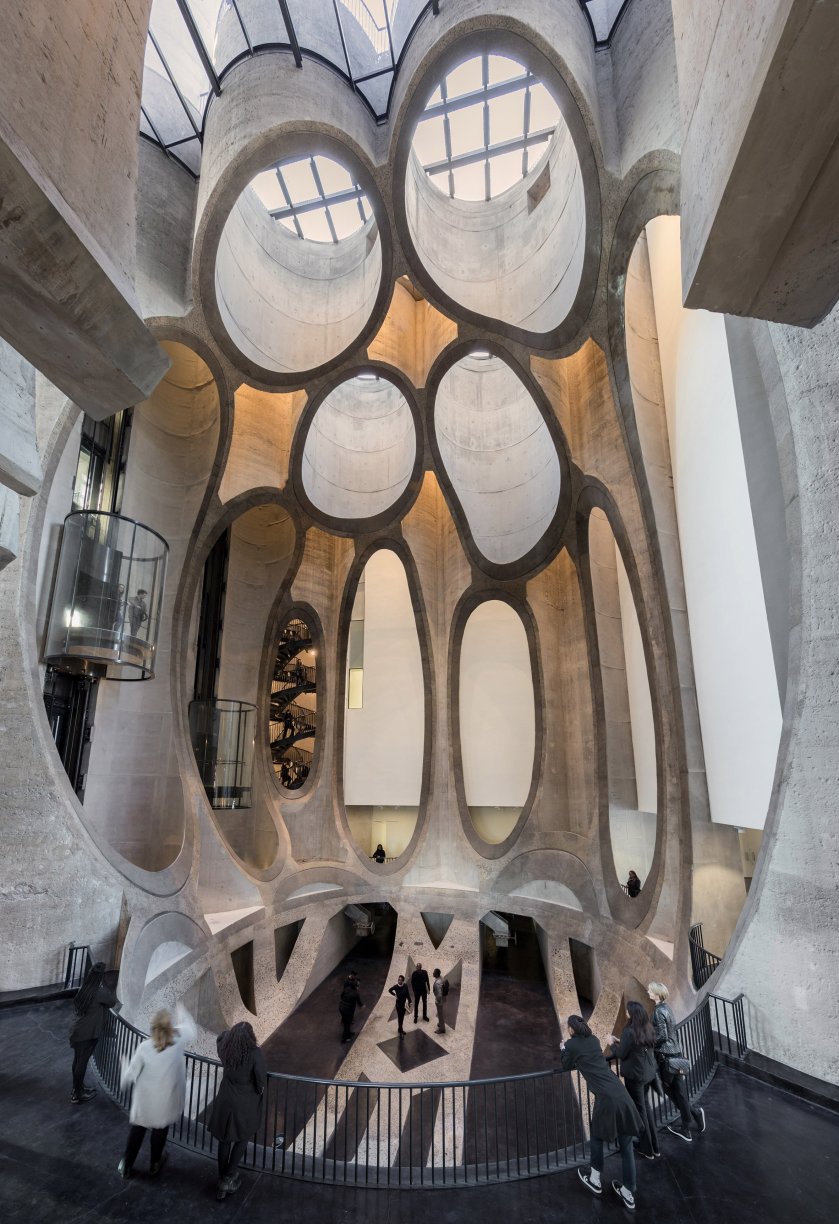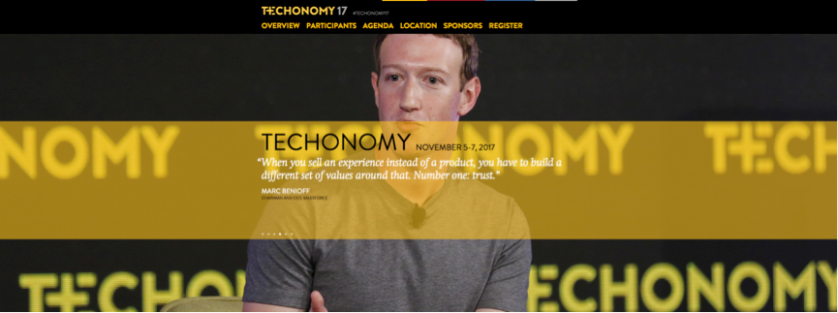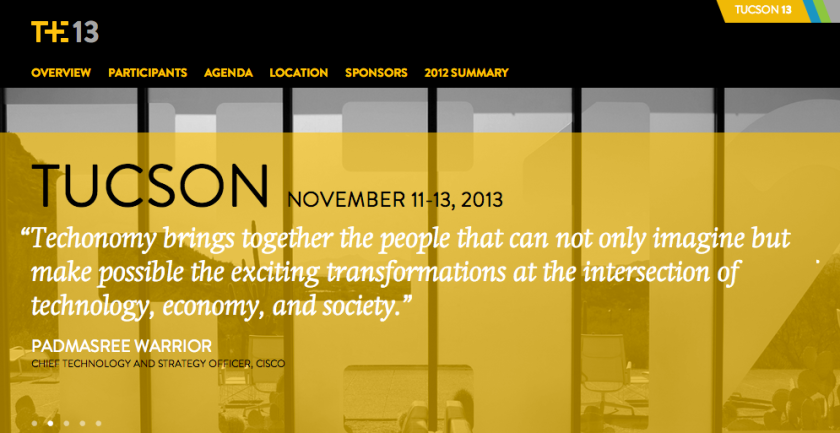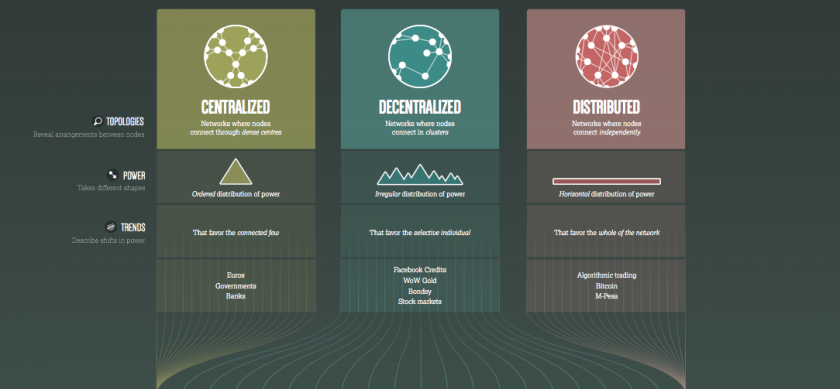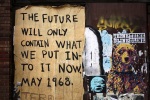Last week, I attended Compass Summit. After Contact Summit in NYC the weekend before, the contrast could not be bigger. Whereas Contact Summit was held in a worn-out synagogue, Compass was held in a 5 star luxury resort close to LA.

Also the audience was fundamentally different: in NY we saw a group of activists and revolutionaries (a good representation of the 99%): and the theme was “the evolution will be social”. In LA, scientists and economist – probably a subset of the 1% – shared the space for a couple of days under the overall tag line “What’s possible, What matters, What’s ahead?”

Innotribe was sponsoring both events. In Compass Summit, we also acted as co-curator and facilitator for 1 plenary on Future of Money, and 4 breakouts (see later)
Agenda and program
The Compass agenda was packed.
For a minute-by-minute coverage of the conference, I suggest to check out the #compass11 Twitter stream or Kosta Peric’s coverage by live e-scribing here.
UPDATE: all videos of all talks are now available here.
Instead of doing a vertical or chronological report on this conference, I will try to give you a horizontal report-cut of the topics discussed, and add some personal opinions to the mix.
The conference was a very high quality event, with super speakers from science and economy.
I left the conference with a mixed feeling: who will win, the positive scientists or the dooming economists? My overall take-away was that we are in a very deep crisis of everything, much deeper than most newspapers let us believe. I am worried for our children and what will happen the next 2-5 years.
Format
Compass Summit is a traditional conference, in the sense of the format: speakers on stage, 20 min talks, fireside chats, and panel debates. The general sessions felt like a TED, but then one with audience interactions. Which gave the organizers a timing-headache as all the Q&A’s ran out time and so the whole conference program. No problem for me: as long as the content is as interesting as at Compass, I could stay there the whole night ;-). Towards the end of the conference, there was some experimentation with a “sequential conversation”, but there was more potential in that: it just requires more scripting and preparation. The Innotribe breakouts and wrap-up were – how would I say? – very “Innotribe”J . We always try to do something special, and you expect no less from us (more about this at the end of this blog post)
Science
The overall message was positive, although many questions were raised on the impact of the increasing human-machine blurring, and whether real life implementations of great ideas in current R&D will reach us in time to save the planet.
Danny Hills from Applied Minds and one of the originators of the Long Now indicated that “we are already in The Matrix” right now. “Nobody really knows how the Internet works” and “we overestimate the human ability to control and underestimate its adaptability” were some reflections leading to his conclusion “Forget the Enlightenment, we now live in the era of “the Entanglement.”
We also saw some great progress on Solar Energy production and photosynthesis Fuel. To put things in perspective: the energy needs for 2050 are such that if we want to cover it with nuclear energy, we would need to install one nuclear plan per day. The conclusion of the energy debate was clearly solar is the way forward and that energy storage was the Holy Grail for the immediate future.
David Gelernter stood out with a milestone presentation.

His talk was completely scripted, no slides. But it sounded like a novel, a piece of science poetry. So many beautiful metaphors, play of words, and fine humor! The content was mind-blowing as well. His starting premise was that we are witnessing the transition from a space-based organization of information to a time-based organization of information. Search starts smelling like value-based search, with time as just one of the values. The concept of a stream-browser instead of a web-browser was no less than brilliant, and I loved his evolutionary insight from “cybersphere” to “cyberflow”.
This was quite consistent with the messages form Brian Arthur and E. Stevenson: everyone is connected and it’s getting deeper and deeper…the grid starts to look like an organism, neural network. The underlying grid of machines talking to each other was described by Brian Arthur as “the second economy” that will soon be bigger than the real economy. The question “Who will win?” in the session “Race against the machine” – and also title of a new book by Andrew McAfee and Erik Brynjolfsson – was therefore spot on.
Cities and their dynamics and their impact on growth and innovation were also a recurring theme: Geoffrey West – world famous since his memorable TED talk – did his fantastic thing on “Cities never die”. Saskia Sassen added a new dimension for me: “a city talks back”, suggesting that a city tells us in immediate feedback loops what works and what not
Economy
The overall message was extremely negative. I was shocked by some of the facts presented.
Although we still see a growth in wealth creation, the wealth is more and more concentrated with the happy few. The 1% starts looking more and more like the 0.01%. The world is also turning younger, more urban, and more impatient for accountability, in both democracies and authoritarian states. We need a different diplomacy where also NGO’s, Philanthropies like the Bill & Melinda Gates Foundation, and companies like Google and Wall-Mart are represented. I believe that is a good starting point, as the concept of “country” is really dead. But the real question is what are the criteria for who can sit at that table: will be allow organizations like Goldman Sachs, who claims to rule the world, but is creating fake value through speculation, value outside of the real wealth system in my opinion. And whereas countries and UN are as good as dead, there is no transition in governance model between now and then, and we risk falling into a governance no-mans land.
Corporations are piling up cash that is sitting idle. Someone summarized this signal as “between fear and opportunity is paralysis”. In the meantime, the center of power and control is further moving East-wards: 2009 was the first year in 200 years where emerging markets outgrew developed ones. We aren’t going back.
Bernard Lietaer (author of “The Future of Money” and more recently “Creating Wealth: Growing Local Economies with Local Currencies”) was no less than impressive.

He showed that he had empirical evidence that the financial system is systemically instable. He pointed to some solutions to the monoculture of fiat state currencies. The most frightening was probably his statement that “we have 5-10 years to fix this, if not the game is over”. This was the first (and not the last) time that the idea of war (as in world war) was uttered as a very possible scenario, and although Lietaer did not mention this, I interpreted his message as a warning for fascist behavior and polarizations.
And one day later, Mark Anderson painted a super confrontational picture between the USA and China, and indicated that the IP war was already going on, stronger even, that phase-1 of the war was over and we are already doing corporate body counting.
Add to this the Saudi Arabian oil situation, where the monarchy is a) paying it’s citizen from the oil reserves to avoid a Saudi Arabian spring and where the oil reserves will more and more be used for internal needs. Pierre Larroque added that Saudi Arabia is now in essence a supplier of China, and asked the question “why should we defend them?” Quite a statement!
Add to this water scarcity. Add to these big dysfunctions in education systems. Add to this the fact that the current young generation is the first generation that will enjoy LESS wealth than their parents. Add to this the #occupy movement, Middle East spring, etc. and the picture is not very rosy, the least to say
Values
Following his discourse in currency value debate, Bernard Lietaer also mentioned the need for more “feminine energy, presence and softness”, echoing a message from John Hagel in his blog a week earlier.
“Quod Demonstrandum Est” must have thought Caroline Stephens.

She gave the audience a wake-up call when stating “I have stopped talking about poverty in a 5 star hotel”. Her testimonials of future-less generations in South-America moved everybody in the audience, except the moderator who showed a pedantic lack of empathy and moved to the next point on the agenda by stating “now that we have solved a couple of world-problems…”
A genuine tweet from Heather Vescent sparked the Innotribe team to rally for an ad-hoc session to give Caroline the space needed for her message. It was interesting to see how people quickly tried to recuperate strong personalities like Caroline for their own agenda. It’s a very fine balance to walk. In the end, we failed to get such an ad-hoc session squeezed into the already busy Compass agenda. But we won’t give up: Caroline, we will contact you directly for one of next year’s Innotribe events.
The rest of the conference value discussions debated the rhetorical question whether value-based thinking is eroded by output concentration.
As a lot of the identity discussions were related to privacy, I quickly cover this under this value-section. One participant reacted somewhat sarcastic by saying that during the panel debate she almost believed that Google and Facebook were philanthropic organizations. We were probably closer to the truth when the moderator said “facial recognition will dramatically change what it means to show your face in public”.
Organization
Mark Bonchek introduced the notion of “Social Architecture” and gave a great example how this relates to networks and nation building during warfare. And how the US military has realized that shared situational awareness enables self-synchronization. It appears that the army’s counter-insurgency Field Manual (PDF Link) is “the best single guide for driving large scale corporate change.” After the conference we had a really interesting chat with Mark on corporate change and whether you really can steer change or whether it is just as effective to drop a seed bomb of corporate activists, and just watch what happens and emerges. That will be the subject of another blog
An interesting Risk Management debate revealed that trade-offs have to and are being made whether one should implement latest technology or proven technology only, and that the relentless push for efficiency pushes towards latest technology. If one would take the brain scan of the most adventurous CEO, one would see “40% risk taking, 60% risk aversion”.
Brian Arthur spoke about the “second economy” (see earlier). With some hindsight, I would like to suggest even a third economy underneath (or overlaying) that: “the values/spiritual economy”. What are the real values and intentions we have when completing a transaction? Values like transparency and fairness. Like belonging. Like intrinsic drivers of motivation such as the drive to acquire, to defend, to bond and to learn. Which brings us to education.
Education
It looks to me that the USA has a bigger problem with education than other continents. Or they focus more on it. I don’t think it is the latter. Michael Crow from Arizona State University was inspiring when stating “in stead of exclusion (to the education system), our metrics should be based on the output of our education system”. Other speakers insisted that the education system should celebrate from failure instead of exclusively focusing on and measuring success. Jack Hidary was passionate in his plea to “educate to innovate”.
But by the end of the conference, I got a bit tired of the so generic term “innovation”, used as the deus-ex-machina for world hunger problems, without specifying what the solution exactly is.
Innotribe sessions
In addition of the (rather traditional) plenary session on Future of Money with Bernard Lietaer, Innotribe was also responsible for 4 breakout sessions. Our team really went the extra mile in decorating the rooms, and using sound and visual landscaping to further add to the immersive learning experiences that have become the trademark of Innotribe sessions.
For the identity breakout we repeated our Sibos trick with the music from Tron. For the future of value, our ladies Mela and Martine almost created a zen-like experience with candles, rose leafs, and spiritual music.


From a content point of view, I would like to summarize each of them with a couple of tweet-like statements
– The Future of Banking
- “Money is the memory of value”
- “Trust will define the future of banking”
- “There are huge opportunities for banks in the unregulated space”
– The Future of Transactions
- “From the gift economy to the re-gifting economy”
- “Transactions are the fuel to the relationship economy”
– The Future of Identity and Trust
- “Digitization of identity good or bad?”
- “Identity should be part of digital inclusion”
– The Future of Value
- “The poverty of financial metrics prevents full wealth recognition”
- “Right conduct + truth + peace +non-violence + love = living system of wealth”
Conclusion
Our economic, financial, energy, and wealth distribution problems are huge. The problems seem bigger and more insurmountable than the general press makes us believe. Scientists try to picture of optimism, but I could not resist the discomfort that the implementation of their inventions will come too late. Fear for war can turn any moment into a real possibility. And still our politicians don’t get it. We witness an aversion against the establishment in general. The cry to do without them gets louder.
But current problems and solutions are still presented as a game of winner and losers, with polarization leading to simplification, populism, and possibly fascism. I would prefer a model based on infinite game thinking. The world is the opposite of flat, and the role of black swans is not included in any of the models discussed today. It’s all about redefining a new value context, new value movement, less re-active, less “protest” than OWS, more pro-active.
It is about a collective awakening, where flow reveals structure. You can’t just start with structure and force everything to fit into it. It would be far better to create a parallel positive: a much safer way that just saying “nuke the system”.
Maybe I should close this blog post with the quote by Leonardo da Vinci that was printed on the back of the Compass Summit conference program:

I have been impressed with the urgency of doing. Knowing is not enough; we must apply. Being willing is not enough; we must do.
That’ s probably why the title of this blog post is “Can we win the race?” and why the Innotribe wrap-up ended with “It is only up to us to act”.
@petervan from the Innotribe team
Cross-posted on Innotribe blog here.


